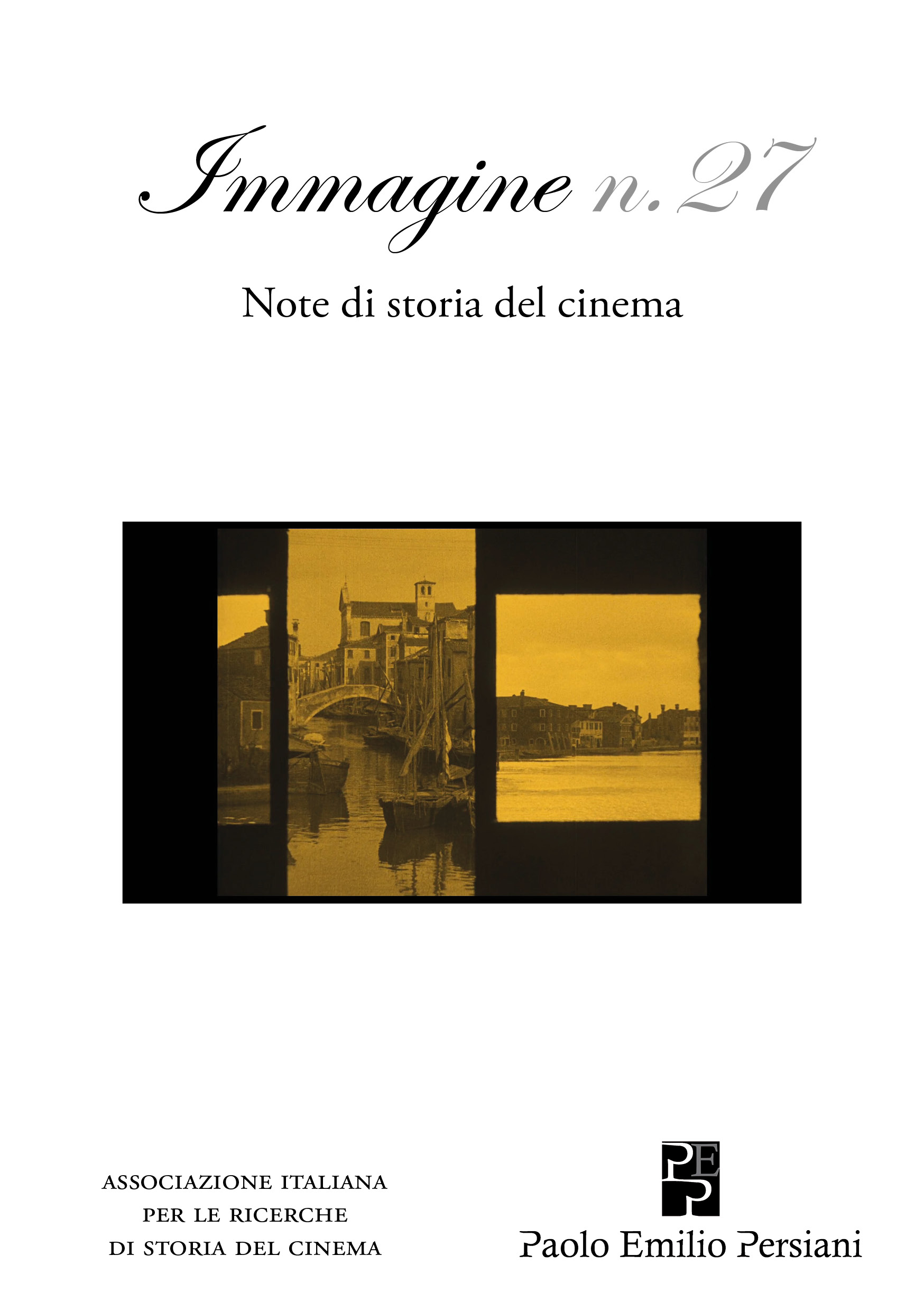Il traforo del Sempione e l’Esposizione di Milano 1906
Parole chiave:
traforo del sempione, esposizione di Milano 1906, panorama motorioAbstract
ITA
L’Esposizione del Sempione, tenutasi a Milano nel 1906 per celebrare il completamento del traforo italo-svizzero, costituisce un luogo privilegiato di analisi per rintracciare alcune delle profonde trasformazioni in corso nel primo Novecento per quanto riguarda i rapporti tra un osservatore in moto e il paesaggio che attraversa, sia esso reale o simulato. Tanto nell’oggetto stesso della celebrazione, il traforo, quanto nella composizione dei poli fieristici è possibile ravvisare il contrasto tra una tradizione rappresentativa e fruitiva del viaggio e un suo profondo ripensamento, contraddistinto in primo luogo dalla presenza dei moderni mezzi di locomozione, con i loro corpi di metallo e le inusitate velocità.
A generarsi è una nuova forma di sguardo panoramico segnatamente motorio, per il dinamismo che sottende, e di cui si trovano molteplici tracce nella produzione mediale e visuale dell’Esposizione. Una casistica sfaccettata ed eterogenea, da cui tuttavia emerge una serie coerente di criticità che implicano sia un nuovo modello topologico di rappresentazione del territorio, aggiornando i precedenti canoni di distanza e durata del viaggio, sia un aggiornamento del coinvolgimento cinestetico del passeggero-osservatore, sempre più teso tra input adrenalinici e logiche di imbrigliamento nel corpo macchinico.
ENG
The Simplon Tunnel and the Milan Exhibition of 1906. Epistemic fractures in the mechanisms of vision and representation of the motor panorama
The Sempione Exhibition, held in Milan in 1906 to celebrate the achievement of the Italian-Swiss tunnel, provides a privileged analytical terrain for tracing some of the profound transformations taking place in the early twentieth century in terms of the relationship between a moving observer and the landscape they pass through, whether real or simulated. Both the object of the celebration itself, the tunnel, and the composition of the exhibition centers reveal a contrast between a representative tradition of travel and a profound rethinking of it, distinguished first and foremost
by the presence of modern modes of transportation, with their metal bodies and unusual speeds.
What results is a new form of panoramic gaze that is noticeably motor, due to the dynamism that underpins it, and of which multiple traces can be found in the media and visual production of the Exhibition. A multifaceted and heterogeneous case study, but from which emerges a coherent series of critical issues that imply both a new topological mode of representation of the territory, modernising previous canons of distance and duration, and an update of the kinaesthetic involvement of the passenger-observer, increasingly tense between adrenaline-fi lled inputs and logics of harnessing in the machinic body.
Dowloads
Pubblicato
Versioni
- 2025-01-10 (2)
- 2025-01-10 (1)


